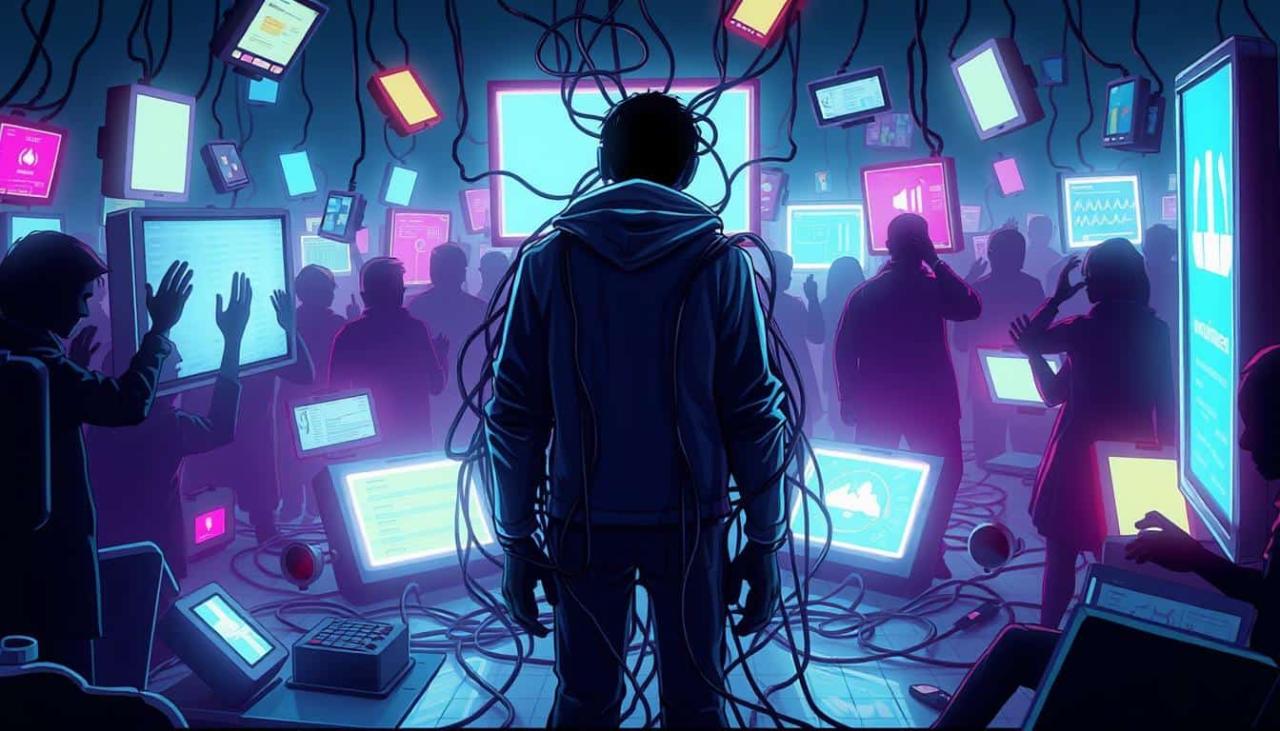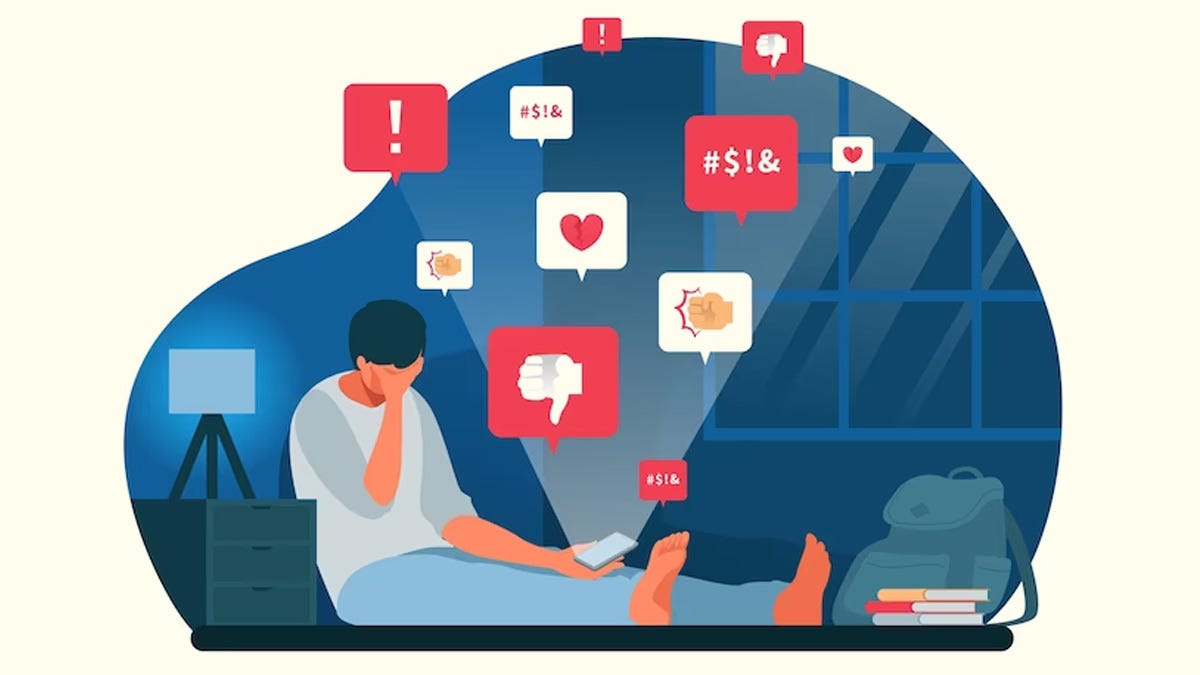In today’s hyper-connected world, digital addiction has become a growing concern. The term “DigiLife Addiction” refers to the compulsive overuse of digital devices, leading to negative consequences in personal, social, and professional life. From smartphones to social media, gaming, and streaming platforms, excessive screen time disrupts mental health, productivity, and real-world relationships.
This article explores the causes, symptoms, effects, and solutions for digital addiction, helping readers recognize and manage their screen dependency effectively.
What Is Digital Addiction?
Digital addiction, also known as Internet Addiction Disorder (IAD), is a behavioral condition where individuals lose control over their digital device usage. It shares similarities with substance addiction, as it triggers dopamine release in the brain, reinforcing compulsive behavior.
Common Forms of Digital Addiction
A. Social Media Addiction – Excessive scrolling, posting, and seeking validation online.
B. Gaming Addiction – Obsessive playing of video games, often leading to neglect of responsibilities.
C. Streaming & Binge-Watching – Uncontrollable consumption of TV shows, movies, or YouTube videos.
D. Online Shopping Addiction – Compulsive buying driven by digital advertisements and ease of access.
E. Smartphone Dependency – Constant checking of notifications, even without necessity.
Causes of Digital Addiction
Several factors contribute to the rise of digital dependency:
1. Psychological Factors
-
Dopamine Rush: Likes, comments, and notifications trigger pleasure responses.
-
Escape from Reality: Digital platforms offer an escape from stress or loneliness.
-
Fear of Missing Out (FOMO): Anxiety about being left out of trends or social interactions.
2. Technological Advancements
-
24/7 Connectivity: Smartphones and high-speed internet make constant access inevitable.
-
Algorithmic Manipulation: Social media and apps use AI to keep users engaged longer.
3. Social & Environmental Influences
-
Peer Pressure: The need to stay active online due to social expectations.
-
Work & Study Demands: Remote work and e-learning increase screen time.
Signs and Symptoms of Digital Addiction
Recognizing digital addiction early can prevent severe consequences. Key symptoms include:
A. Behavioral Signs
-
Spending excessive time online despite negative effects.
-
Failed attempts to reduce screen time.
-
Neglecting work, studies, or personal relationships.
B. Emotional Symptoms
-
Irritability when offline.
-
Anxiety or depression when unable to access devices.
-
Preferring virtual interactions over real-life connections.
C. Physical Effects
-
Eye strain, headaches, and sleep disturbances (e.g., insomnia).
-
Poor posture and repetitive strain injuries (e.g., “text neck”).
-
Weight fluctuations due to sedentary behavior.
The Negative Impact of Digital Addiction
Excessive digital consumption affects multiple aspects of life:
1. Mental Health Decline
-
Increased anxiety, depression, and low self-esteem.
-
Reduced attention span and memory problems.
2. Social Consequences
-
Weakened face-to-face communication skills.
-
Relationship conflicts due to neglect.
3. Professional & Academic Issues
-
Decreased productivity and poor time management.
-
Lower grades or job performance due to distractions.
4. Physical Health Risks
-
Sleep deprivation from blue light exposure.
-
Higher risk of obesity and cardiovascular diseases.
How to Overcome Digital Addiction
Breaking free from digital dependency requires conscious effort. Here are effective strategies:
A. Set Screen Time Limits
-
Use apps like Digital Wellbeing (Android) or Screen Time (iOS) to track usage.
-
Schedule device-free hours (e.g., during meals or before bed).
B. Practice Digital Detox
-
Take regular breaks (e.g., 5-minute breaks every hour).
-
Designate tech-free zones (e.g., bedroom).
C. Engage in Offline Activities
-
Exercise, read books, or pursue hobbies that don’t involve screens.
-
Socialize in person to rebuild real-world connections.
D. Seek Professional Help
-
Therapy (Cognitive Behavioral Therapy) can address underlying issues.
-
Support groups for digital addiction provide accountability.
Conclusion
Digital addiction is a modern-day challenge affecting millions worldwide. While technology offers convenience, unchecked usage harms mental, physical, and social well-being. By recognizing symptoms and adopting healthier habits, individuals can regain control over their digital lives.
Take the first step today reduce screen time, reconnect with reality, and prioritize a balanced lifestyle.














